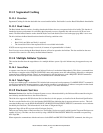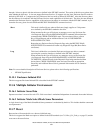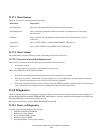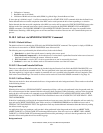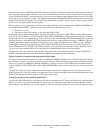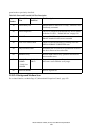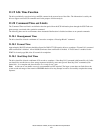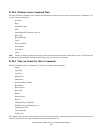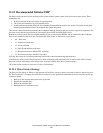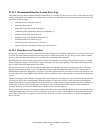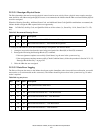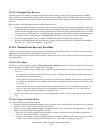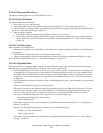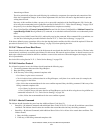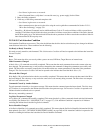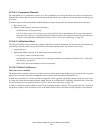Hitachi Ultrastar 15K450 (FC-AL) Hard Disk Drive Specification
339
21.21 Recommended Initiator ERP
The Drive's design points for error reporting to the system assumes certain system action for the error return codes. These
assumptions are:
1. SCSI protocol will be the first priority in reporting errors.
2. The system will maintain a log of all reported errors.
3. System architecture should include all error handling recommendations made in this section. Deviations should have
mutual agreement between Drive development and system integration.
This section is directed toward documenting the assumptions made by the Drive that the system is expected to implement. The
two error classes that the system should be concerned with are DATA and NON-DATA errors.
Data errors are those errors that deal with the handling of data to and from the MEDIA and are identified by the Additional
Sense Code contained in the sense data. The Additional Sense Codes for data errors are as follows:
• OC - Write error
• 11 - Unrecovered read error
• 14 - No record found
• 16 - Data Synchronization mark error
• 17 - Recovered read error without ECC correction
• 18 - Recovered read error with ECC correction
Typically, data errors do not include positioning of the heads or the data path though the electronics.
Nondata errors are those errors that do not have a direct relationship with transferring data to and from the media. Nondata
errors can include data handling if the media is not associated with the error (that is, interface error).
The system action assumed for each class of error is outlined here.
21.21.1 Drive Service Strategy
The Drive service strategy is defined so the customer will be able to use the system as soon after a failure is detected as possi-
ble. The first priority is to replace the entire drive to make the system operational with minimal service time. The service rep-
resentative should:
1. Back up all the customer data on this drive if possible
2. Replace the complete drive
3. Restore the customer data
4. Return the drive to customer service



